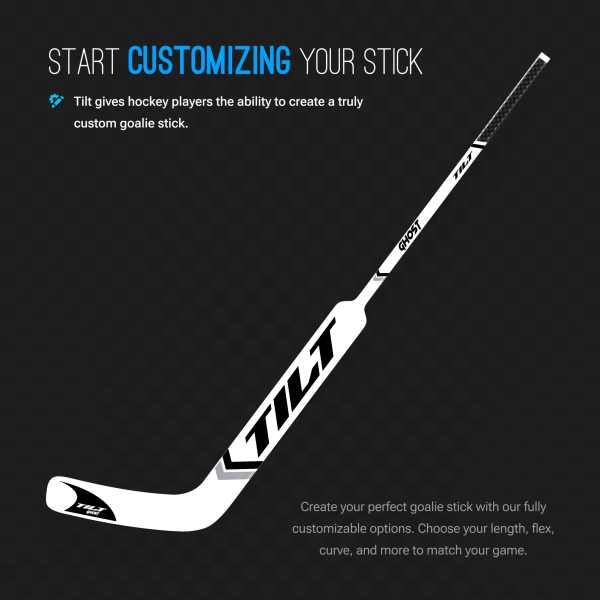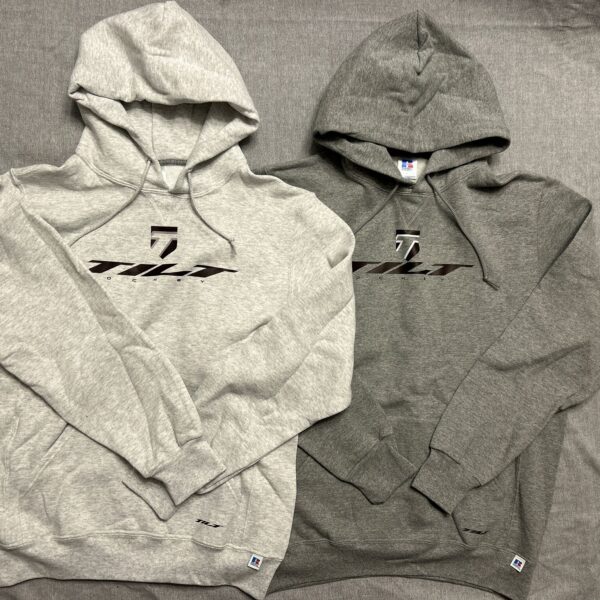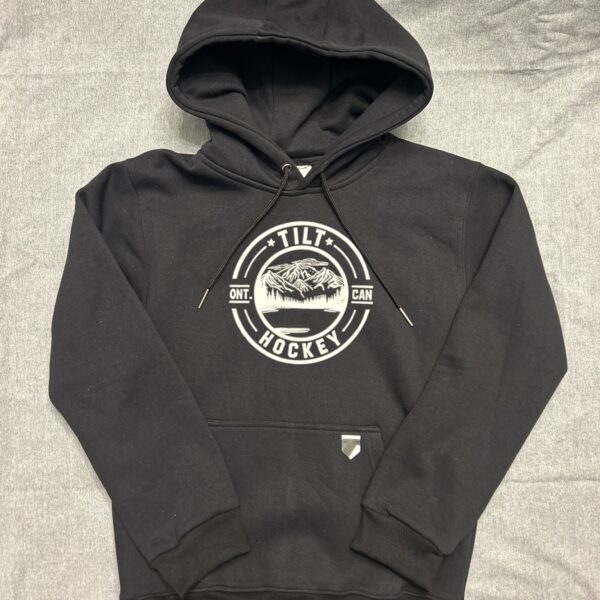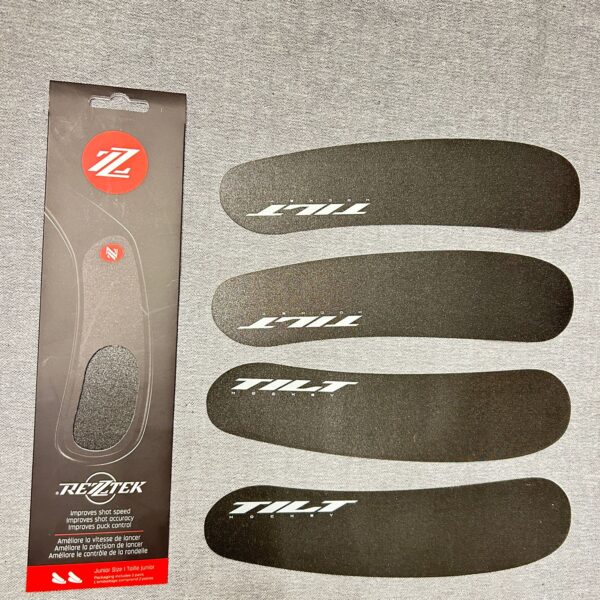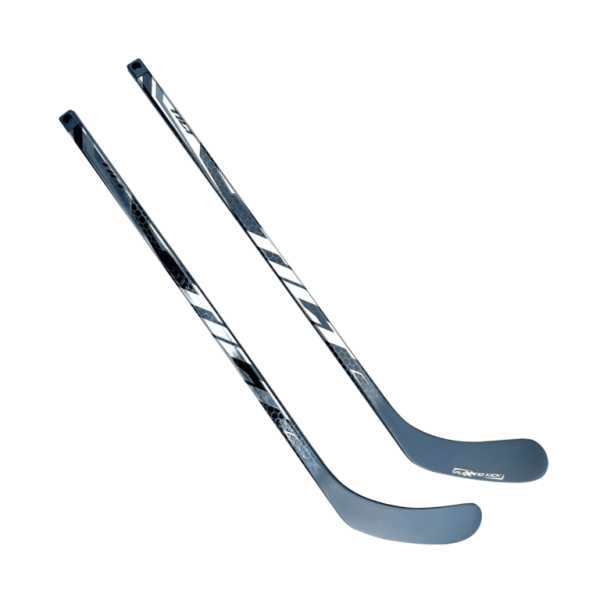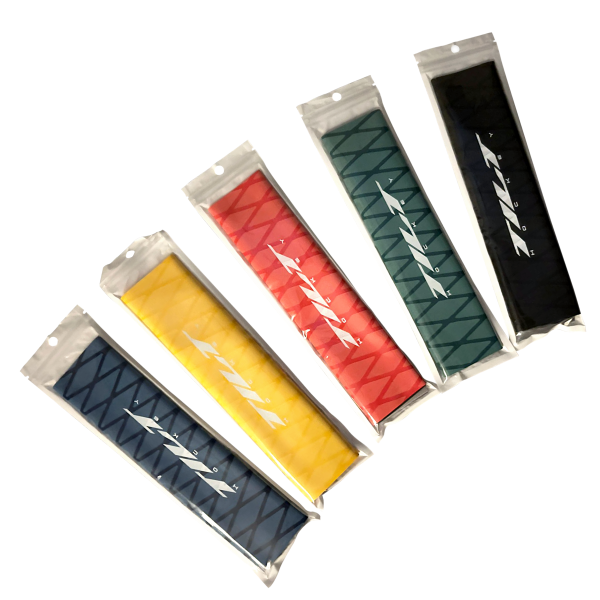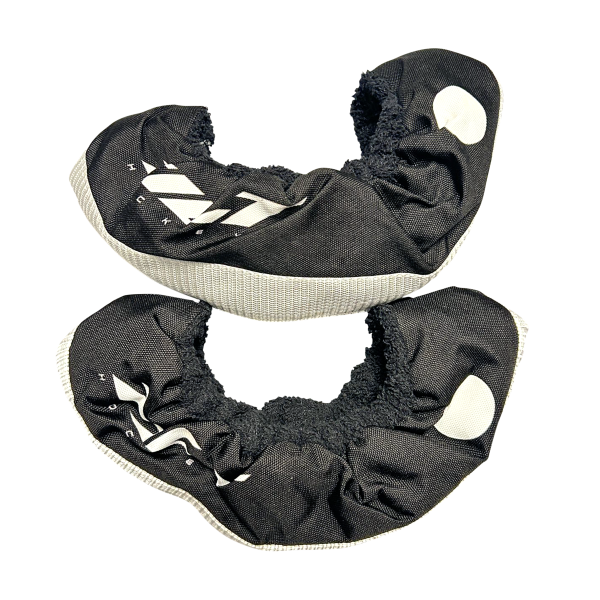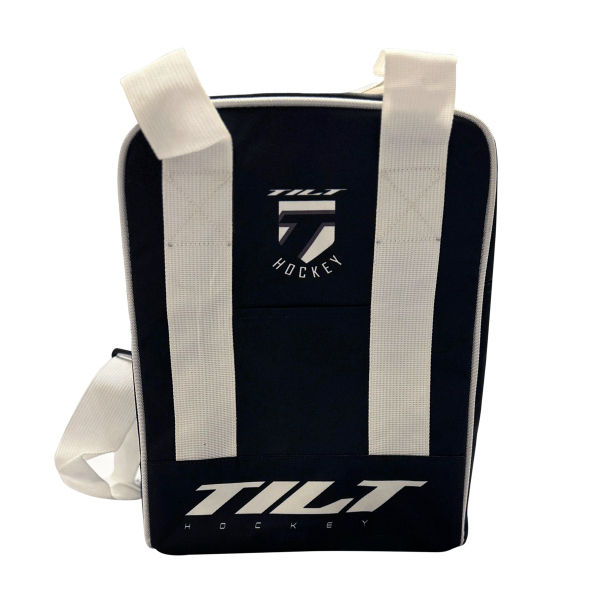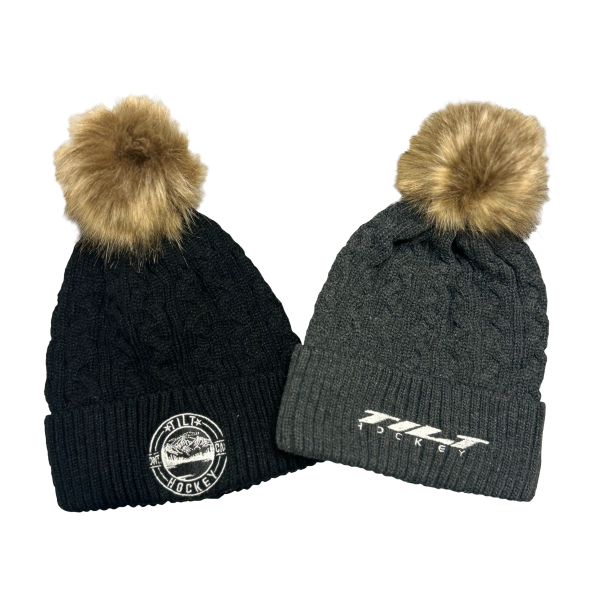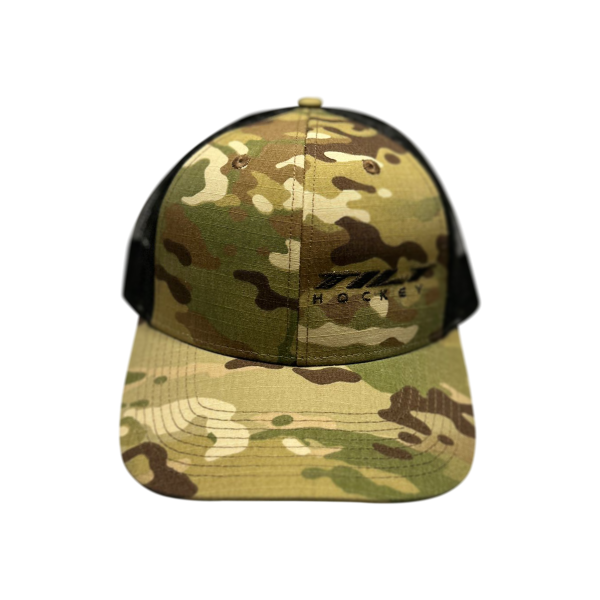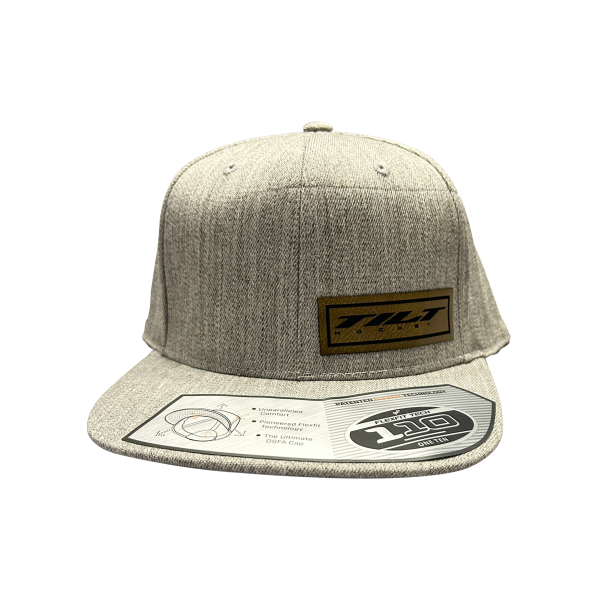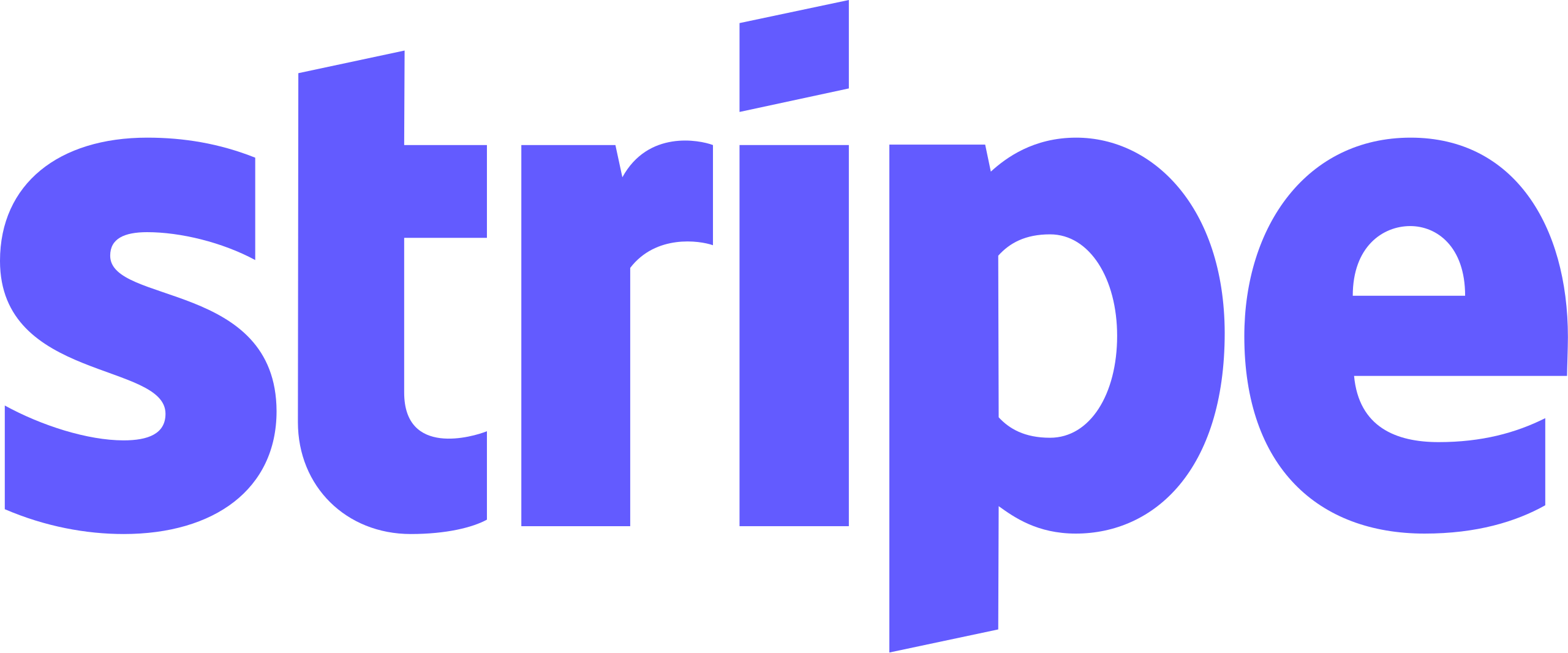HOCKEY STICK GUIDE - QUICK TIPS
STICK TYPE
This term refers to the force required to make the stick bend when you shoot the puck. To experience the most benefit from your premium stick, you need to engage the flex and allow the stick to work.
If you aren’t sure what flex is right for you, a good starting point is no more than half your weight. For example, if you weigh 180lbs, try no more than an 85/90 flex to start.
IMPORTANT: If you cut your stick, the actual flex of the stick will increase by approximately 5 for every inch you cut off. For example, if you buy a stick with an 85 flex and then cut in inch off the top so that it fits you better, your new flex will now be approximately 90.
CURVE
This is the blade pattern of the stick. Check your player’s current stick for a label or something similar to P92/P29, P28, P90TM etc. That code references the curve. Our patterns are the same as those from Bauer and CCM, they just start with a T (ex. P92 and P29 = T92, P28 = T28, P90TM = T90, etc)
LENGTH
hand
flex
Flex refers to the amount of force required to bend your hockey stick while taking a shot. This is the key to unlocking power and precision. The right flex lets the carbon fibre work for you. As a result, your shot velocity and accuracy are also boosted. A simple thumb rule: start with a flex that’s around half your body weight or slightly less. For example, a 90lb player should try a 40–45 flex, while someone weighing 180lbs should start with an 85–90 flex. Remember, cutting your stick shortens its length and increases stiffness. The right flex makes all the difference.
HOCKEY STICKS 101
Flex
KICK POINT
This term refers to the area where the stick is designed to flex when shooting. Low Kick, Mid Kick, and High Kick.

Low Kick
This is the most requested option for forwards who are looking for a quick release kick on snap shots and wrist shots

Mid Kick
This delivers more power and stability, making them a popular choice among players who prioritize shot strength over quick release

High Kick
A higher flex rating means a stiffer stick that requires more force to bend, ideal for stronger players seeking maximum power, stability, and explosive energy transfer on shots.
BLADE PATTERNS
One of the most important aspects of every stick is the curve. Everybody has their own preference so we have a wide variety of curves offered. Depending on the position you play and what type of shot you often take, finding the right curve to fit your game is crucial. Below are the two most common curves sold today. We have a wide variety of curves available to fit each type of player. In addition to the below patterns, we also have available our T88, T02, T09 and T14.

T92 CURVE : Mid-Toe LIE : 6
Possibly the most popular curve pattern in hockey. Mid curve is excellent for puck control, quick releases on hard shots, as well as tape-to-tape passes.
SIMILAR PATTERNS
- Easton E3 HALL Bauer P92 MATTHEWS
- CCM/Reebok P29/P90 CROSBY/OVECHKIN Warrior W03 BACKSTROM/KOPITAR
- True TC2 Sherwood PP26 STASTNY
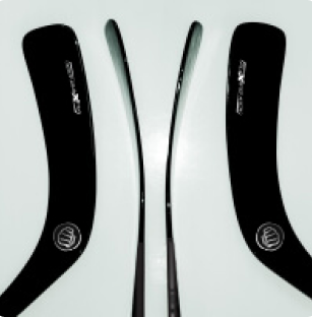
T28 CURVE : TOE LIE : 5
Great for toe drags, quick release shots and over-all puck control, this curve is becoming more and more popular because of its accuracy.
SIMILAR PATTERNS
- Easton E28 Bauer P28 EICHEL
- True TC4 Sherwood P28 BACKSTROM/KOPITAR
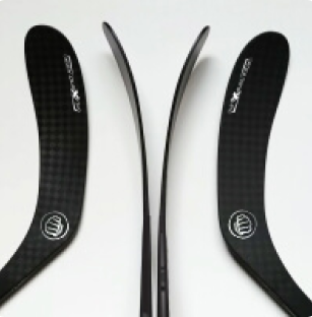
T88 CURVE : MID LIE : 5
Very versatile pattern allowing for precision puck control and stick handling, as well as quick-release, accurate wrist shots.
SIMILAR PATTERNS
- Easton E36 Bauer P88 KANE/LINDROS
- CCM/Reebok P40 MACKINNON True MC
- Warrior W88 GAUDREAU/ZETTERBERG Sherwood PP88 RYAN





